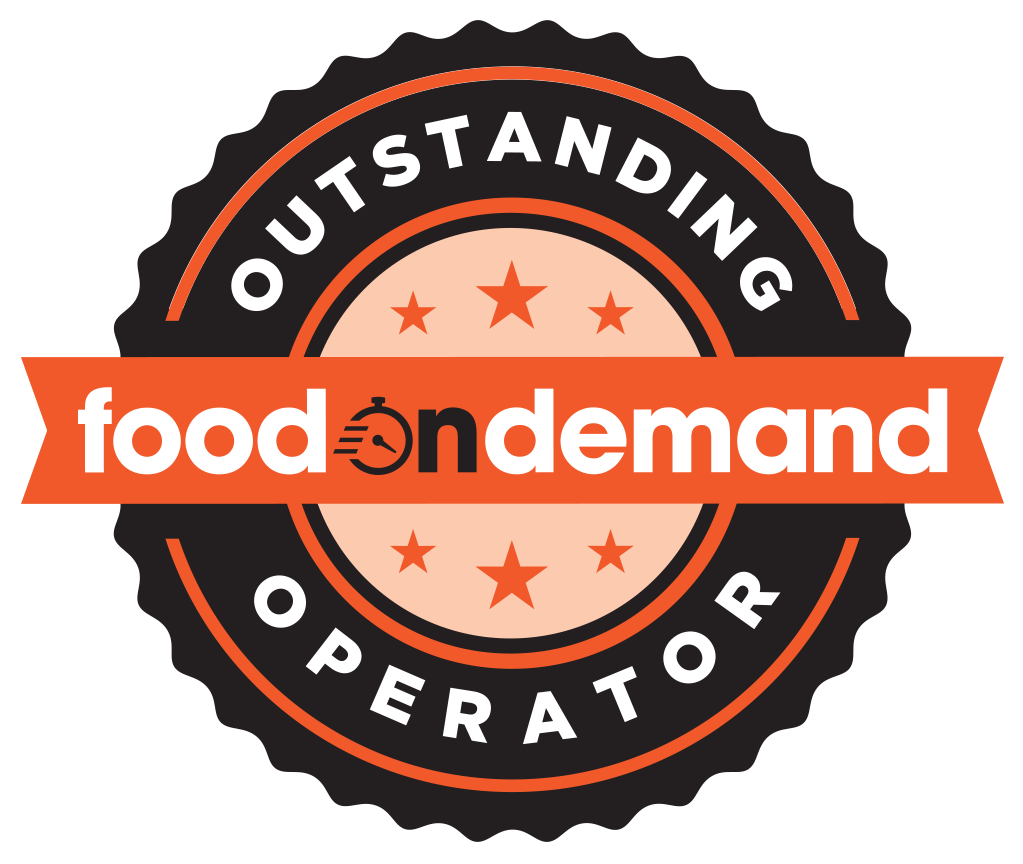Contributing editor, Peter Backman, is a long-term foodservice sector guru and founder of theDelivery.World, a platform that connects the delivery sector and makes sense of the myriad changes and challenges that affect the sector across the globe.
The long-awaited path to profitability for global delivery platforms may finally be emerging, as industry giants shift their focus from aggressive expansion to sustainable operations. The sector’s largest players are showing promising financial indicators despite ongoing challenges, suggesting a potential turning point for the industry.
Recent financial data tells a compelling story of both challenge and opportunity. The five biggest delivery companies—Meituan, UberEats, Delivery Hero, Just Eat Takeaway (including Grubhub, which was sold to Wonder at the end of 2024), and DoorDash—generated a substantial combined GTV (Gross Transaction Value) $279 billion in 2022, $345 billion in 2023, and on track for £400 billion in 2024, yet still posted collective EBITDA losses. However, their latest quarterly results paint a more optimistic picture, with all five companies reporting positive EBITDA – and growing.
Market consolidation is accelerating as companies pursue operational efficiency, with notable moves including Delivery Hero’s Glovo acquisition expanding its reach to 71 countries and DoorDash entering European markets through its Wolt purchase. This consolidation has begun to ease competitive pressures, allowing platforms to reduce their reliance on costly consumer promotions and focus on sustainable growth.
Leading platforms are also diversifying beyond traditional restaurant delivery to improve their bottom lines. DoorDash now positions itself in the broader ‘all local commerce’ space, while Deliveroo has launched a media and e-commerce division targeting FMCG advertisers. Grocery delivery, dark kitchens, and retail partnerships have emerged as promising new revenue streams for these companies.
To address the persistent challenge of last-mile delivery costs, platforms are investing heavily in automation and technology. Partnerships between autonomous delivery providers like Starship Technologies and major platforms including Just Eat Takeaway and Delivery Hero exemplify the industry’s push toward tech-driven efficiency. Meanwhile, subscription services such as Uber One, DashPass, and Deliveroo Plus are helping companies build customer loyalty while reducing marketing expenses.
Despite these positive developments, the industry still faces significant hurdles. Inflationary pressures continue to impact consumer spending, while regulatory scrutiny over gig worker classification remains a concern.
However, the shift from growth-at-all-costs to sustainable operations marks a crucial evolution for the delivery sector. Companies are increasingly focusing on operational efficiency through automation and AI, maintaining rational pricing strategies in consolidated markets, and carefully balancing expansion into complementary services.
While the industry hasn’t yet achieved consistent profitability, recent financial indicators and strategic moves suggest delivery platforms are finally approaching an inflection point in their path to financial sustainability. The question is no longer whether food delivery can be profitable, but rather when and how these companies will complete their transformation from growth-focused startups to sustainable, profitable enterprises.


